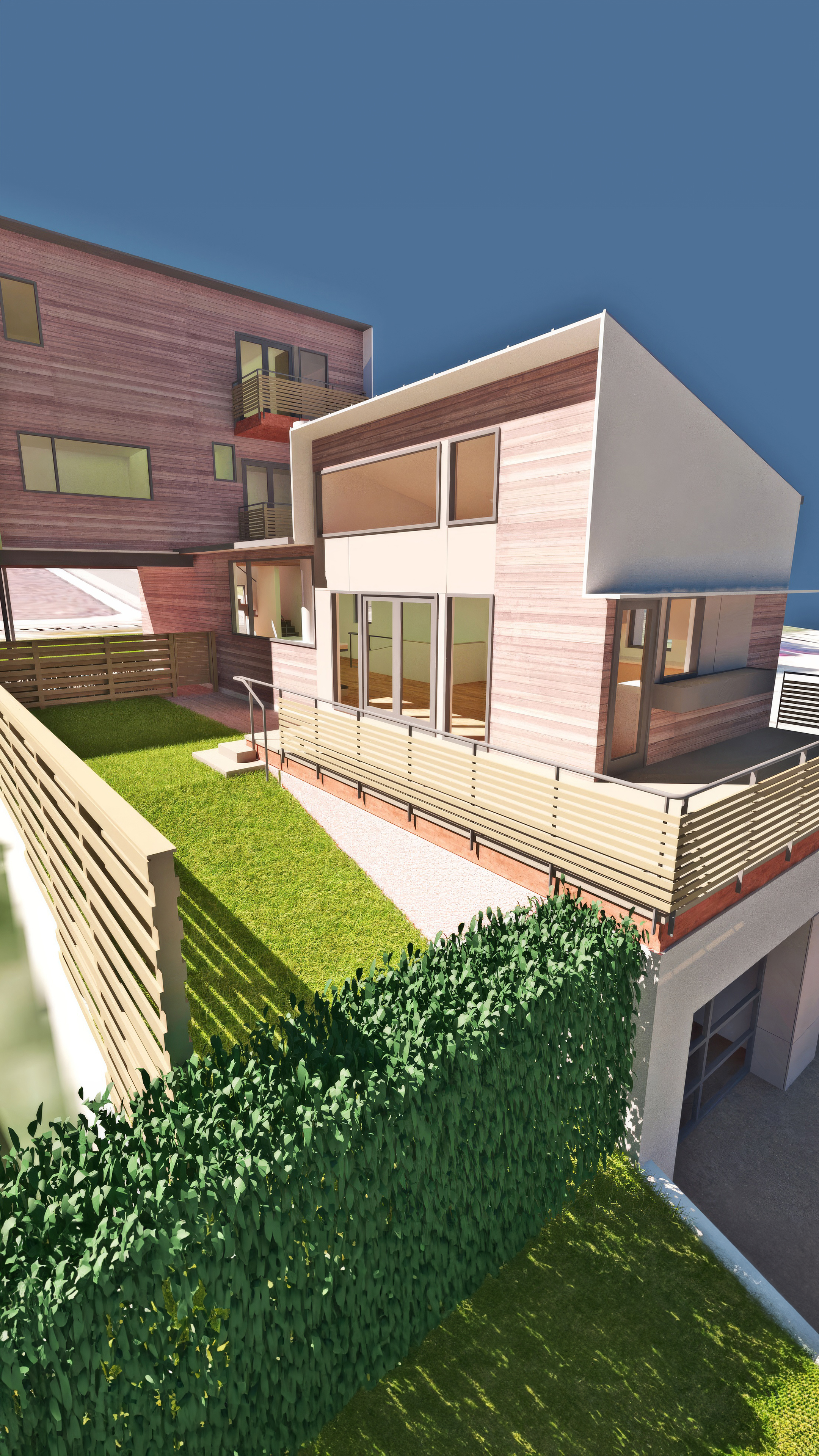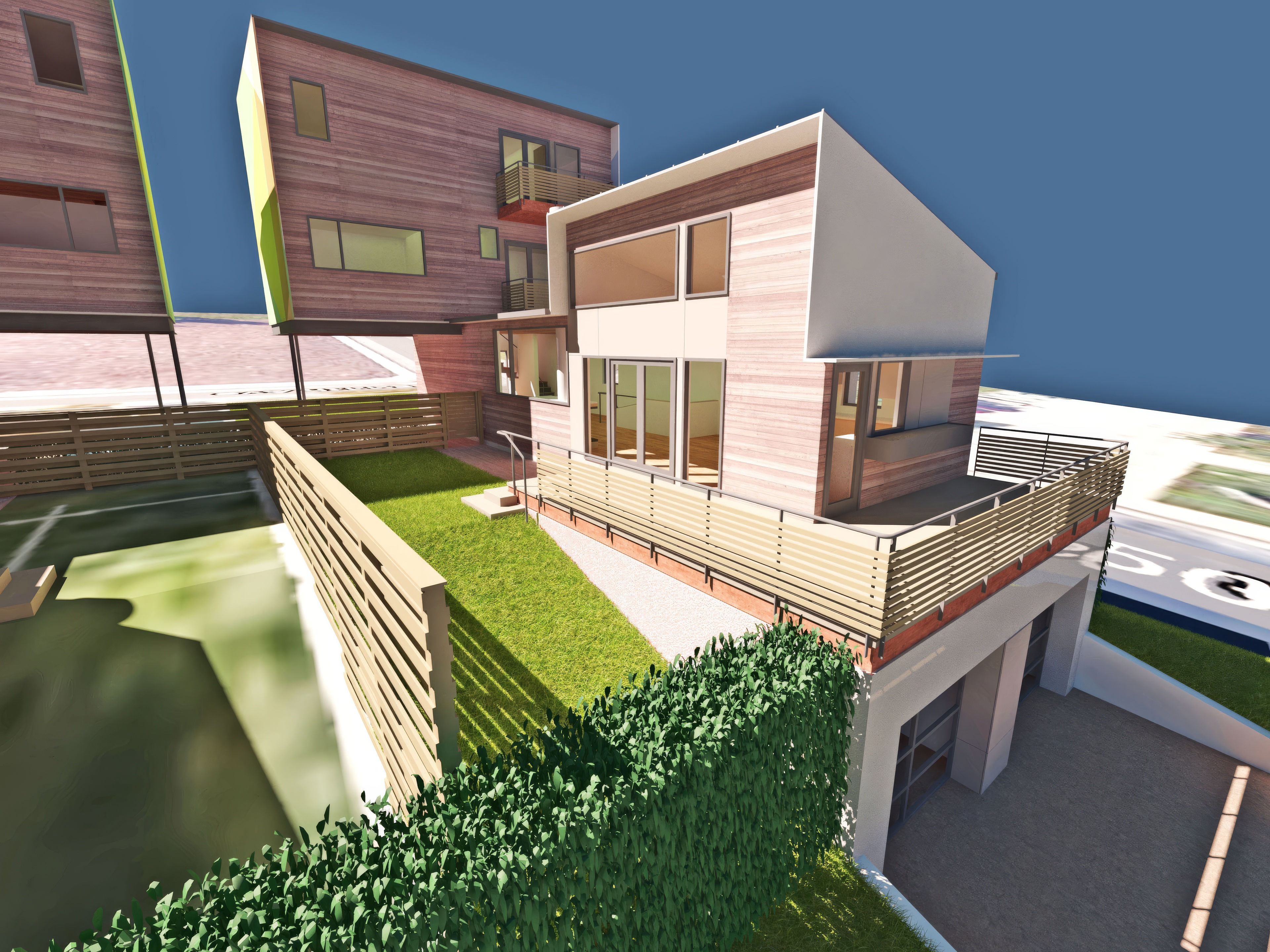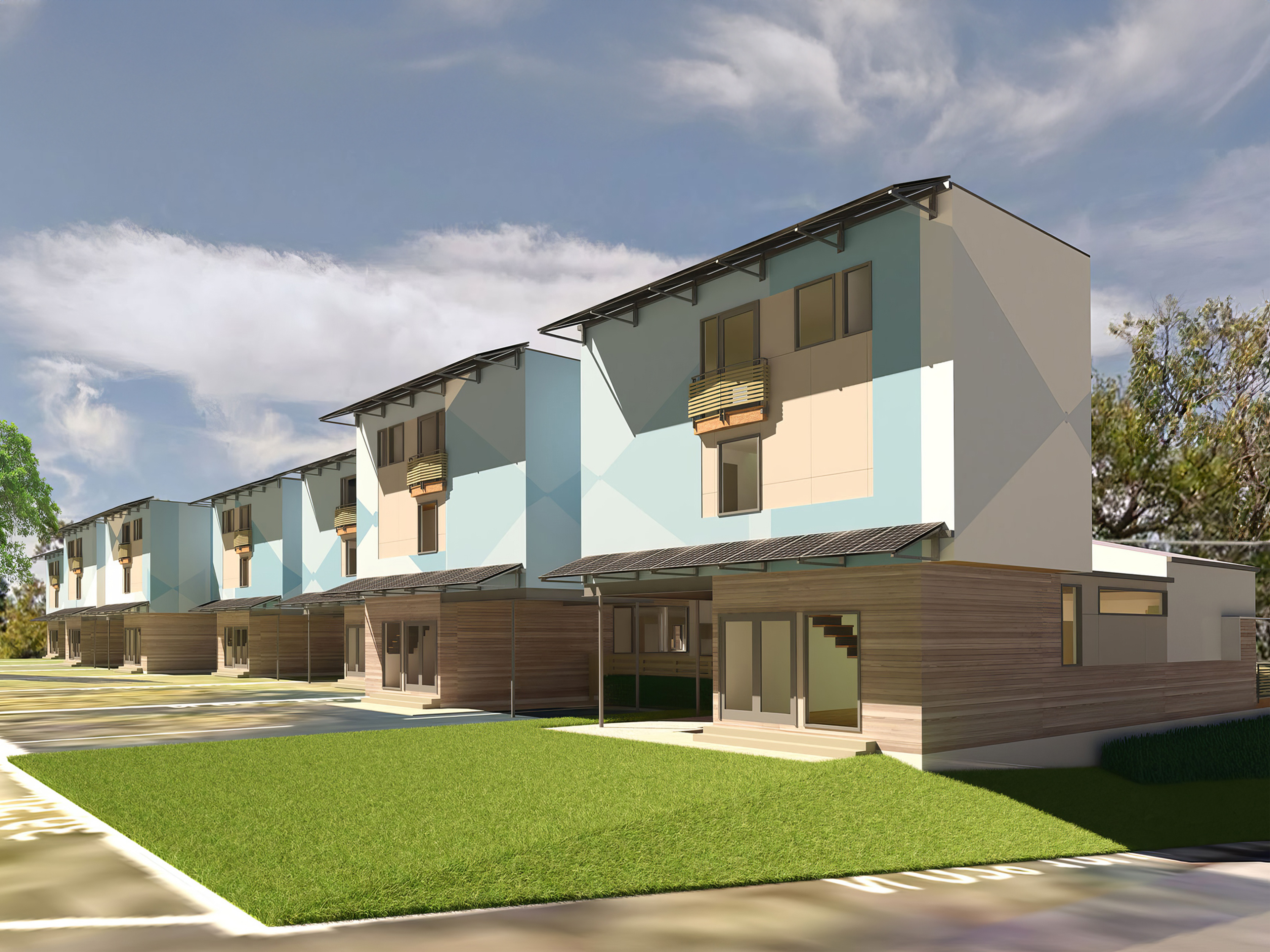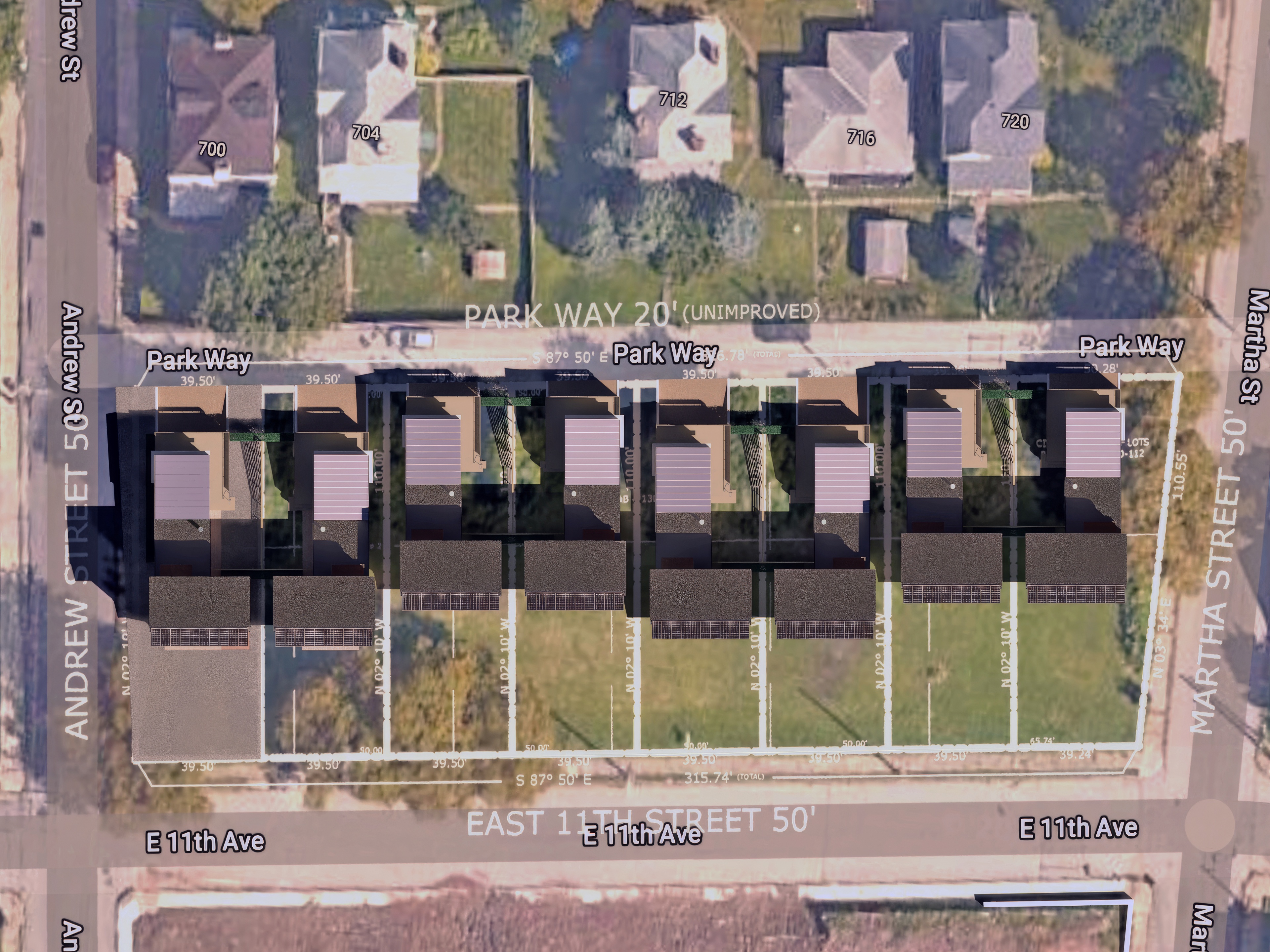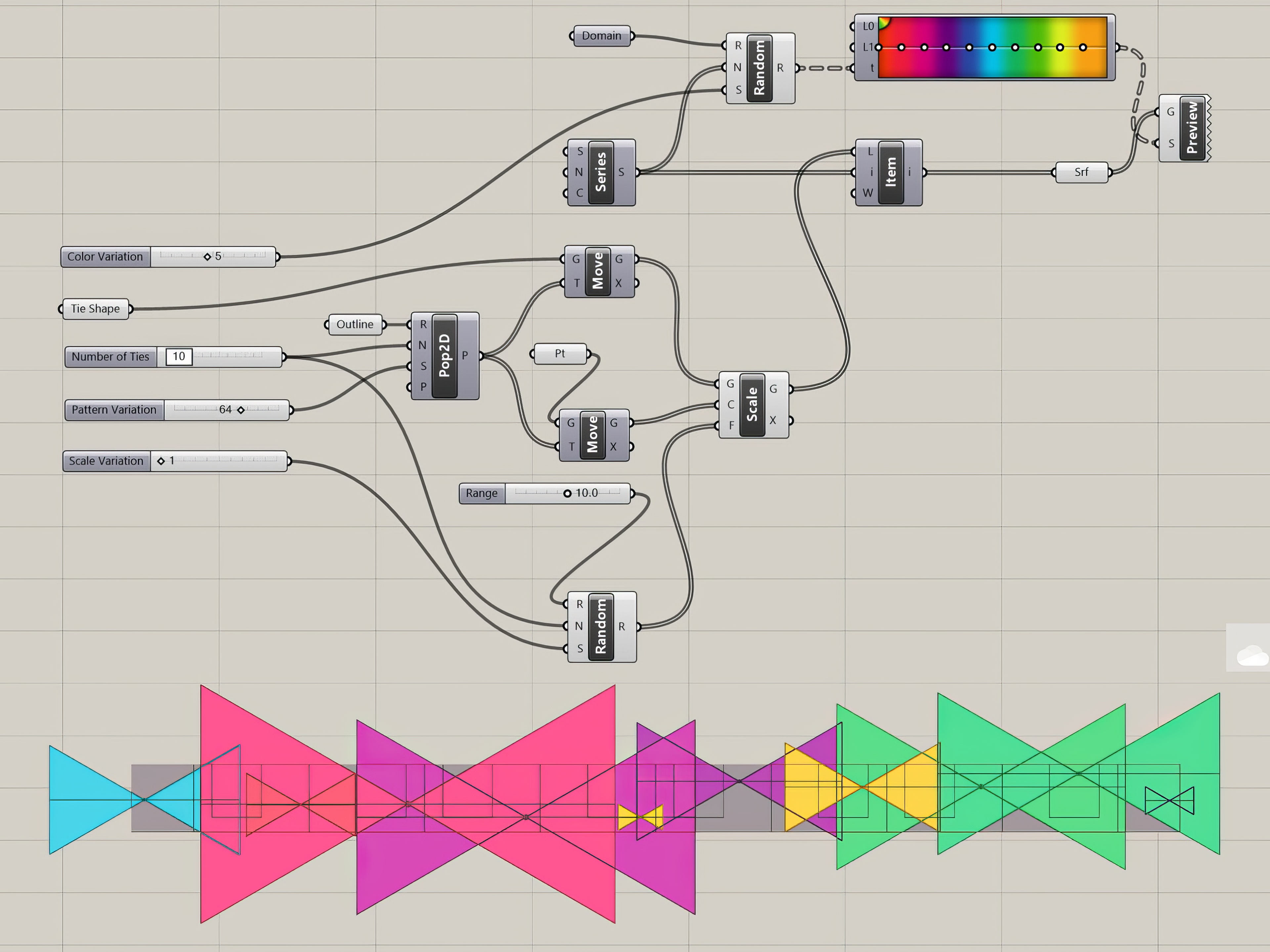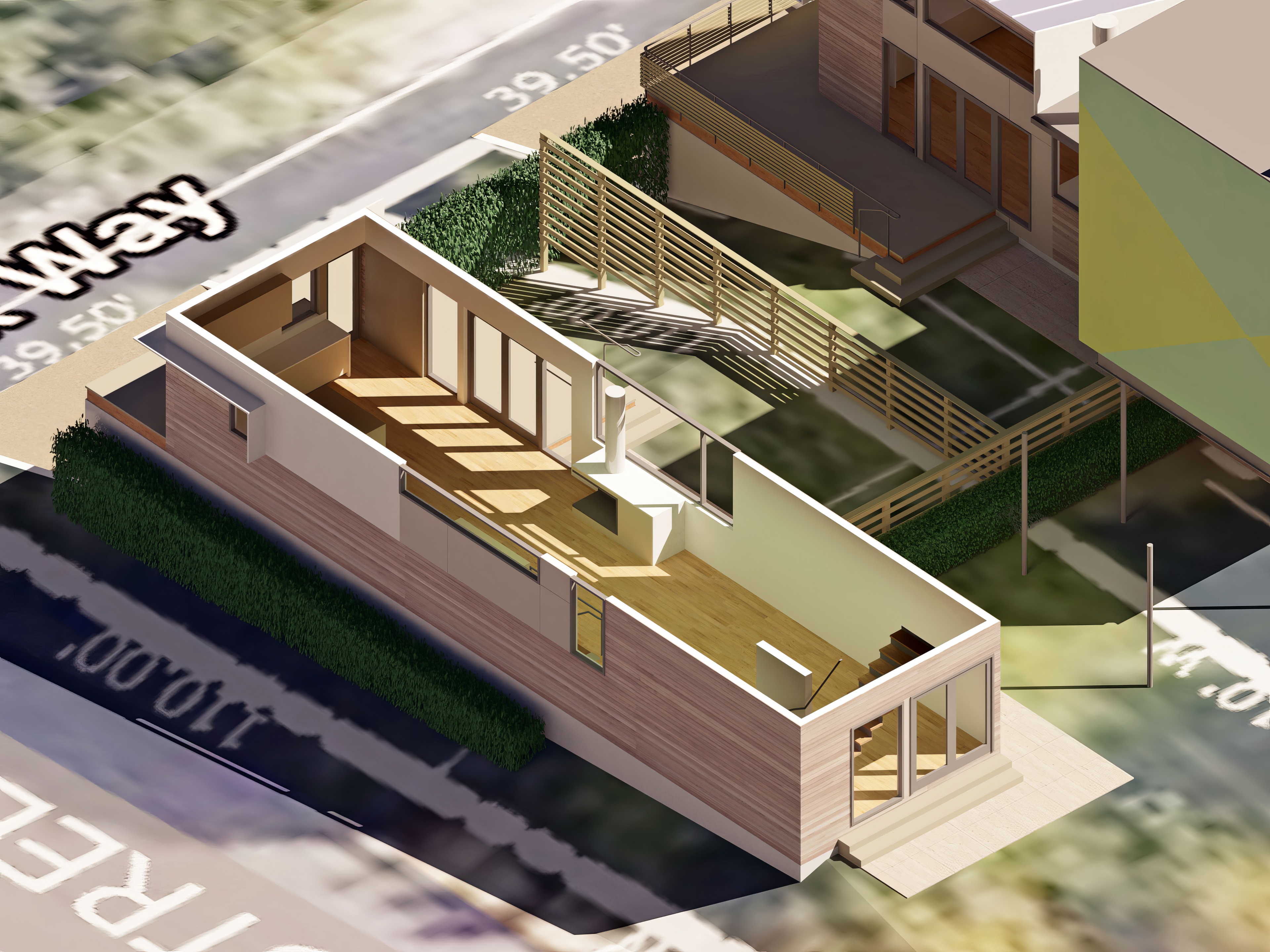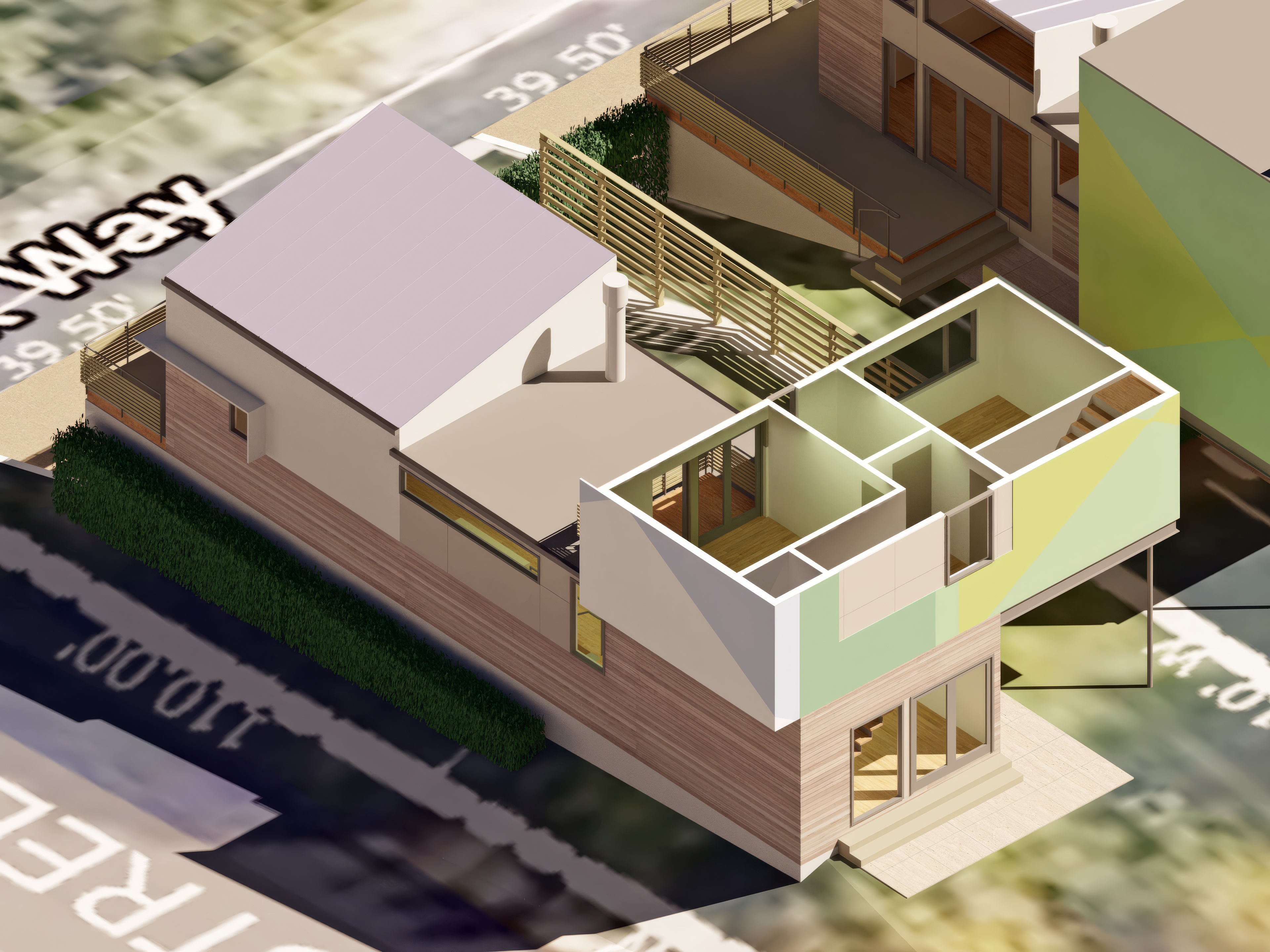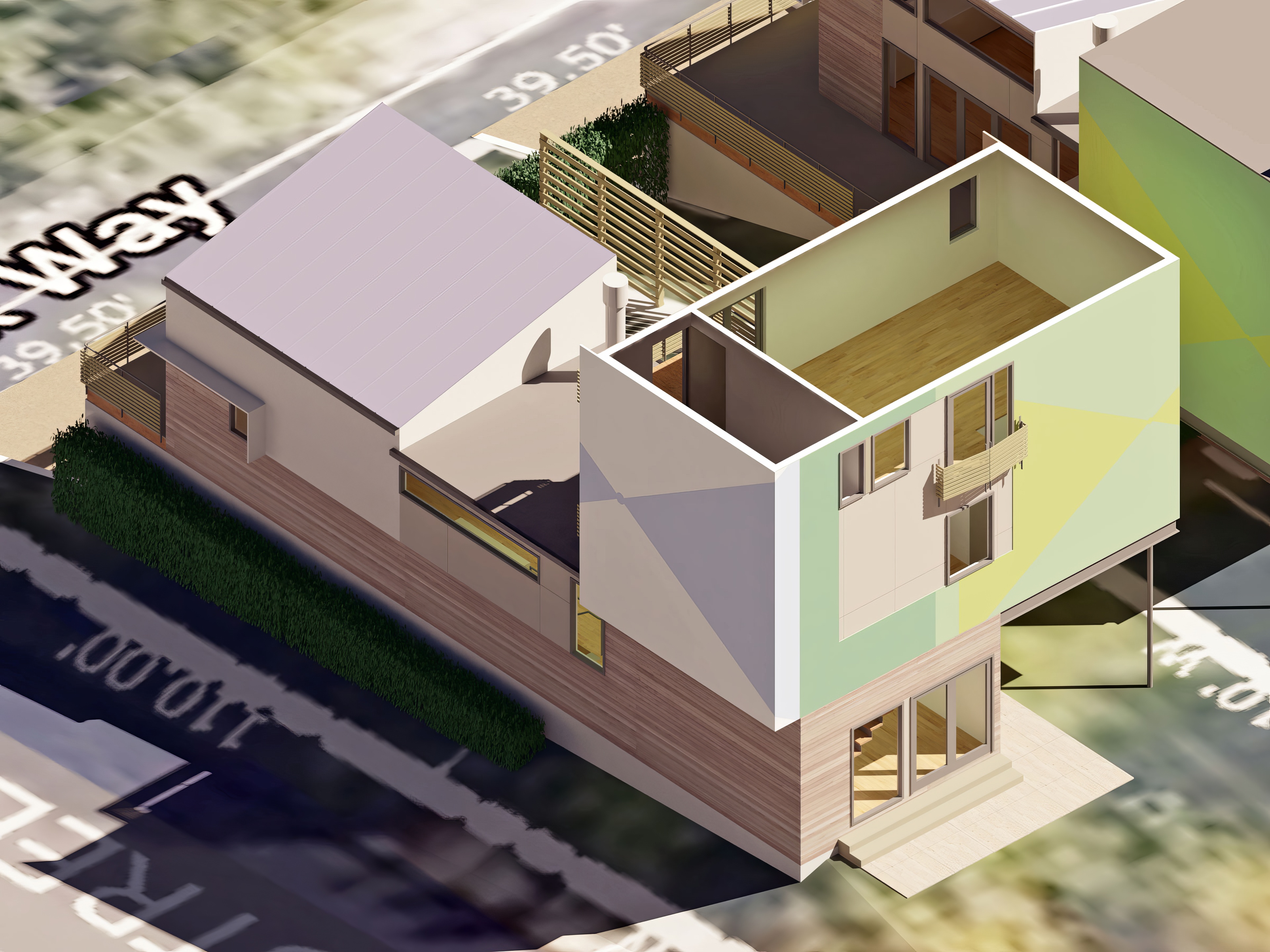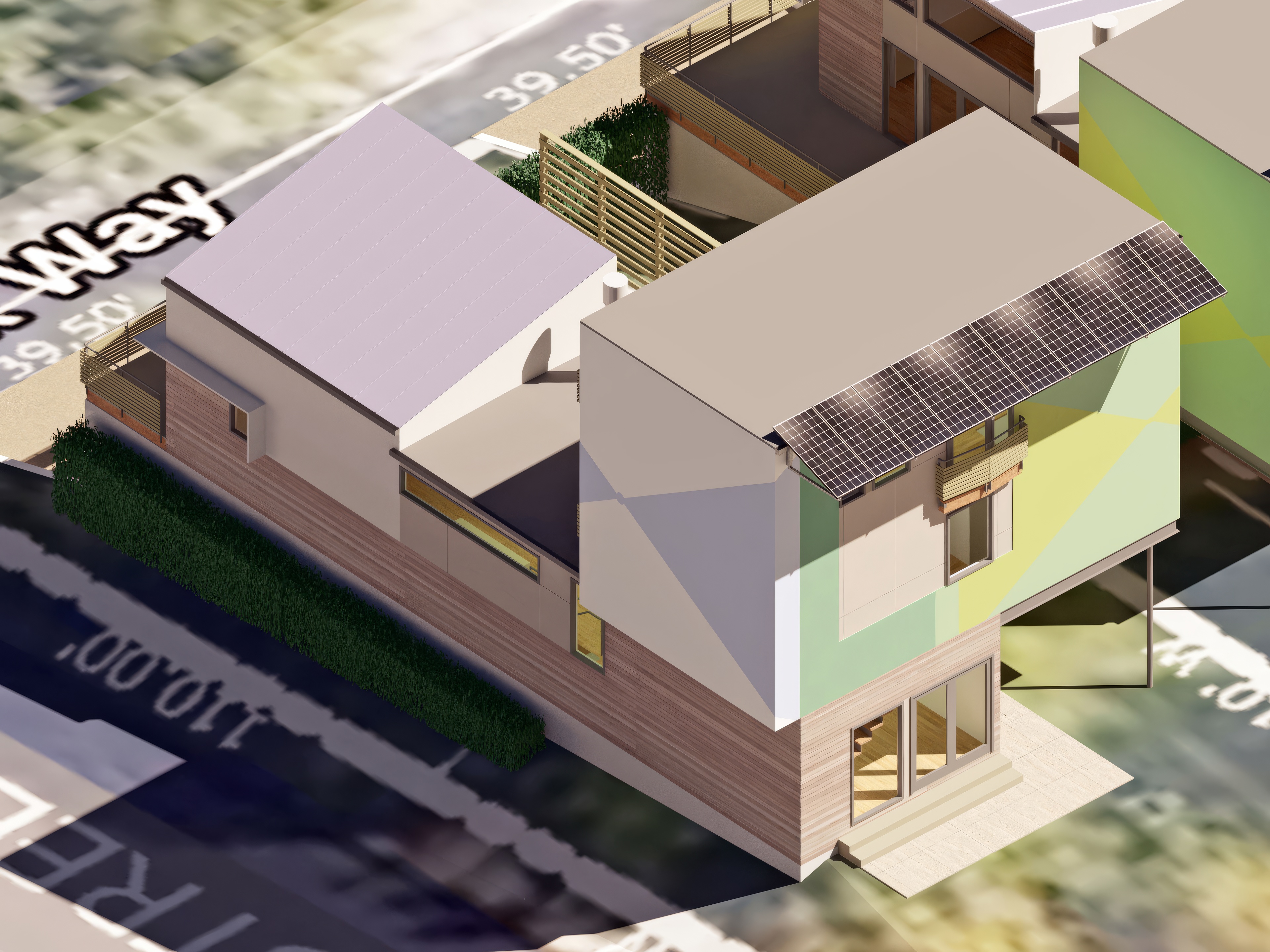Bowtie Modular
Bowtie Modular: The goal of Jesse Wig, co-owner of “modern yet classic” Pittsburgh based development company, Atlas Estates was to create eight eighteen hundred square foot Homestead Library adjacent homes with near passive house quality.
Construction costs are nuts these days and designing with good quality parts can bring the price up quickly. Jesse teamed with Fisher ARCHitecture and MODULAR construction company, SMI, to make it happen.
“Building modular can reduce your costs by twenty percent without compromising quality,” says Fisher ARCHitecture architect, Eric Fisher.“ Jesse came to us because he wanted out-of-the-Pittsburgh-box thinking, and he got it.” Instead of designing units that align like soldiers along East Eleventh Street, Eric and Bea designed a series of courtyard buildings with diffuse openings between front and back, forming the Bowtie Modular homes.
This strategy creates a campus-like environment that encourages pedestrian traffic and interaction between residents. However, the projects volumes are arranged simply and conform precisely to SMI’s requirements, which keeps prices down.
Read More >Process
We’re only just beginning to analyze the project’s look. In our opinion, here was not quite enough variation to capture potential owner’s imaginations. The project pieces needed a whimsical touch. So Eric undertook a study of the Atlas Estates bowtie logo using his Grasshopper software, and came up with a painting scheme that draped the abstracted pattern across the project facades and brought them to life.
How far is too far? Does adding both pattern and color crash the system by taking away from the simple (Adolf) Loos-like elegance of the project masses? After consulting with Jesse, Eric moderated the design by limiting the color palette to shades of blue. We like this more restrained version but we’re just seeing it now for the first time. This modular construction design is still in development.
